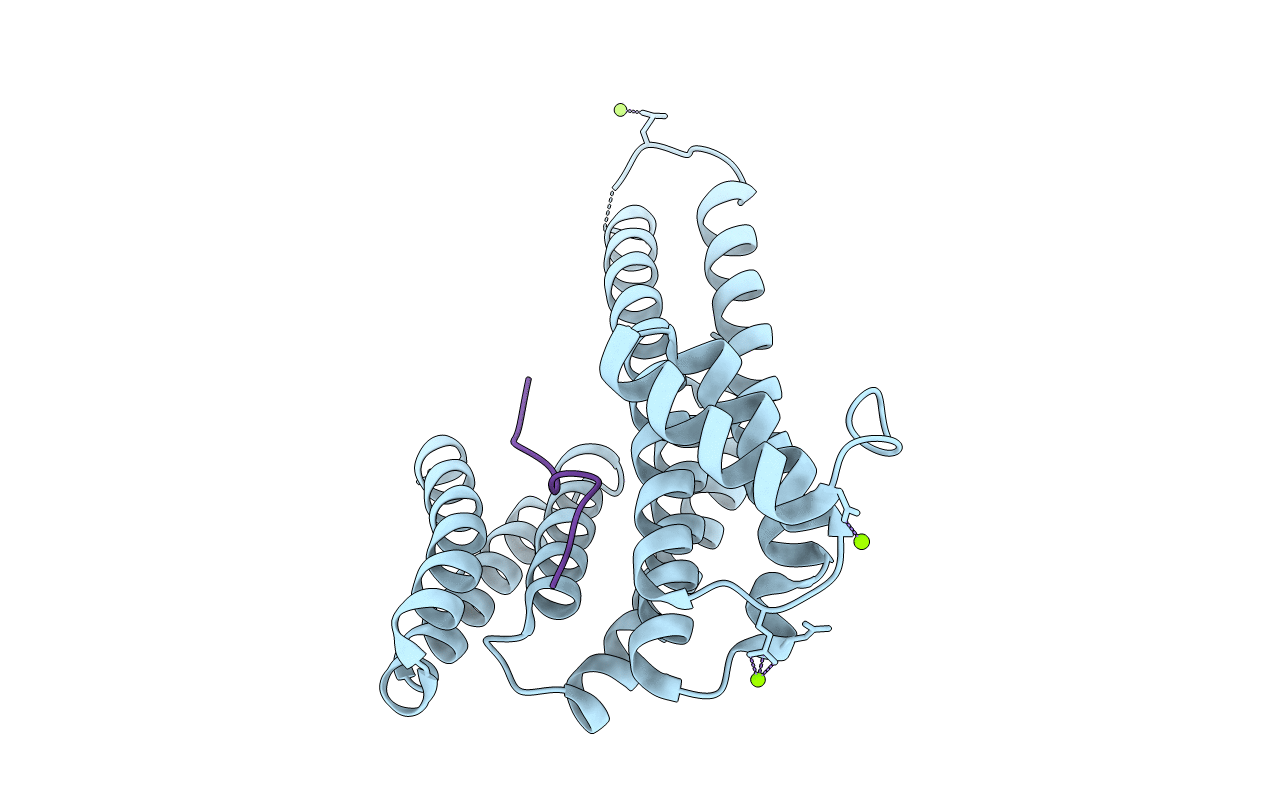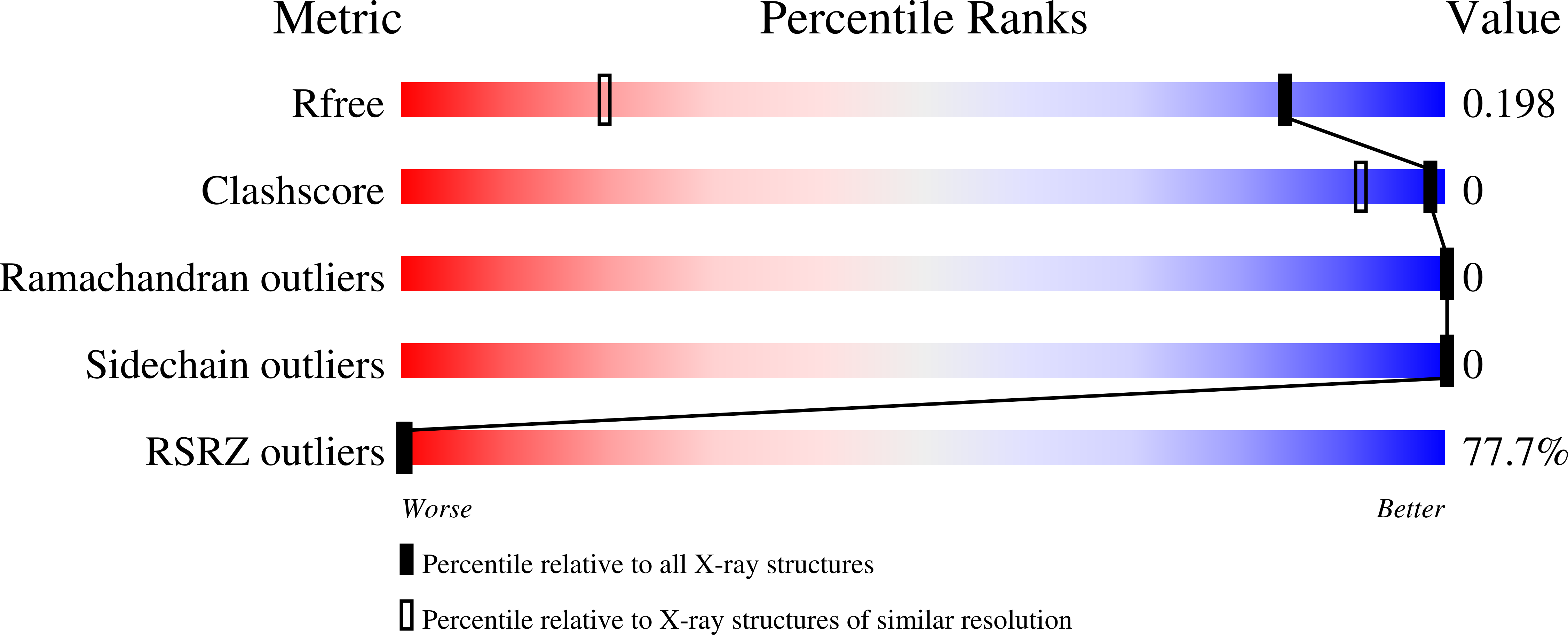
Deposition Date
2021-03-25
Release Date
2021-10-13
Last Version Date
2024-02-07
Entry Detail
PDB ID:
7O07
Keywords:
Title:
14-3-3sigma covalently bound to peptide (chloroacetamide-Cys interaction)
Biological Source:
Source Organism:
Homo sapiens (Taxon ID: 9606)
Host Organism:
Method Details:
Experimental Method:
Resolution:
1.20 Å
R-Value Free:
0.19
R-Value Work:
0.18
R-Value Observed:
0.18
Space Group:
C 2 2 21


